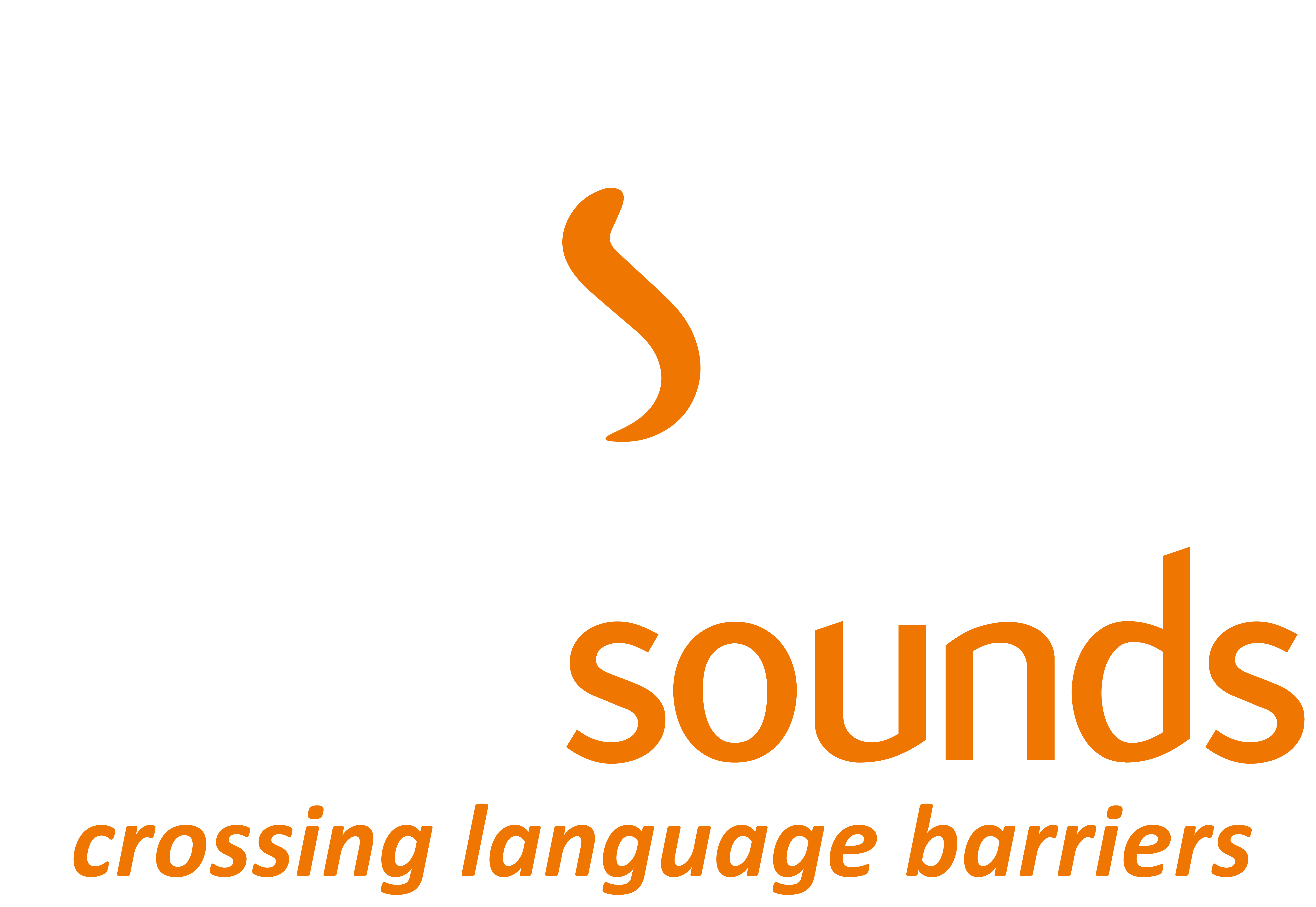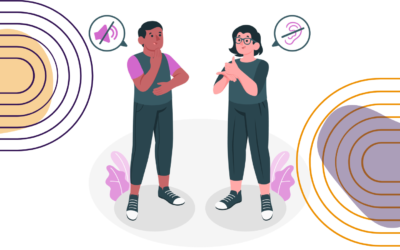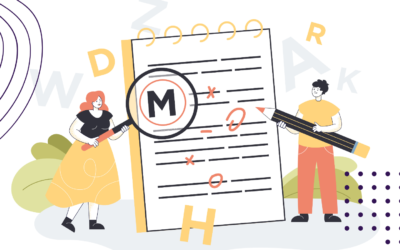Blog/News
Exploring the World of Deafblindness in the UK: A Closer Look at Statistics and Realities
Deafblindness is a unique sensory impairment that affects individuals by impairing both their hearing and vision. In the United Kingdom, there is a remarkable community of deafblind people who navigate the world with resilience, determination, and the support of...
A Strike of Fun and Teamwork: Company Event at the Bowling Alley
In an effort to foster team bonding and create a fun-filled atmosphere, our company recently organized a memorable event at the local bowling alley. The event brought together four teams, each representing different departments within the organization. From intense...
Celebrating Deaf Awareness Week: Embracing the Beauty of Communication through BSL (British Sign Language)
At Silent Sounds we are proud to support and promote the rich and diverse culture of the Deaf community. One of the most significant events on our calendar is Deaf Awareness Week, a time when we come together to celebrate the achievements, contributions, and unique...
Unlocking the Power of Language: Understanding Simultaneous and Consecutive Interpreting
In a world that is becoming increasingly interconnected, effective communication is crucial. Language barriers can hinder international cooperation and business interactions. That's where professional interpreting and translation services come in. In this blog post,...
Celebrating Ramadan: Supporting our Muslim Freelance Interpreters and the Languages Affected
As a leading interpreting and translation agency in the UK, we take pride in our diverse team of talented interpreters. With the holy month of Ramadan upon us, we want to highlight the significance of this observance and share how we support our Muslim freelance...
Enhancing Accuracy and Clarity: The Importance of Proofreading in Document Translation
In the fast-paced globalized world we live in, accurate and effective communication across languages is more important than ever. As businesses expand their reach internationally, the need for professional translation services has grown exponentially. However, simply...
Celebrating International Mother Language Day: Preserving Linguistic Diversity
International Mother Language Day, observed on February 21st every year, is a celebration of linguistic diversity and multilingualism. This day serves as a reminder of the importance of preserving and promoting mother languages worldwide. As an interpreting company...
St. Valentine’s Day: A Global Celebration of Love
St. Valentine's Day, celebrated on February 14th, is a day dedicated to love, romance, and affection. While it is widely known as a Western holiday, the celebration of St. Valentine's Day has transcended borders and cultures, with different countries putting their...
Difference between Translator and Interpreter
The terms "translator" and "interpreter" are often used interchangeably, but they actually refer to different professions that involve language services. While both translators and interpreters work with languages, their roles and methods of communication are...
Celebrating the Power of Language on Brew Monday
Language is a powerful tool that connects people across cultures and bridges the gap of understanding. On Brew Monday, a day dedicated to fostering conversation and support, Silent Sounds recognizes the significance of language in promoting unity and empathy. In this...

Contact Us
Info@silent-sounds.co.uk (General Enquiries)
Languages@silent-sounds.co.uk (Spoken Services)
Bookings@silent-sounds.co.uk (Deaf Services)
Translations@silent-sounds.co.uk (Translations)
Recruitment@silent-sounds.co.uk (Recruitment)










